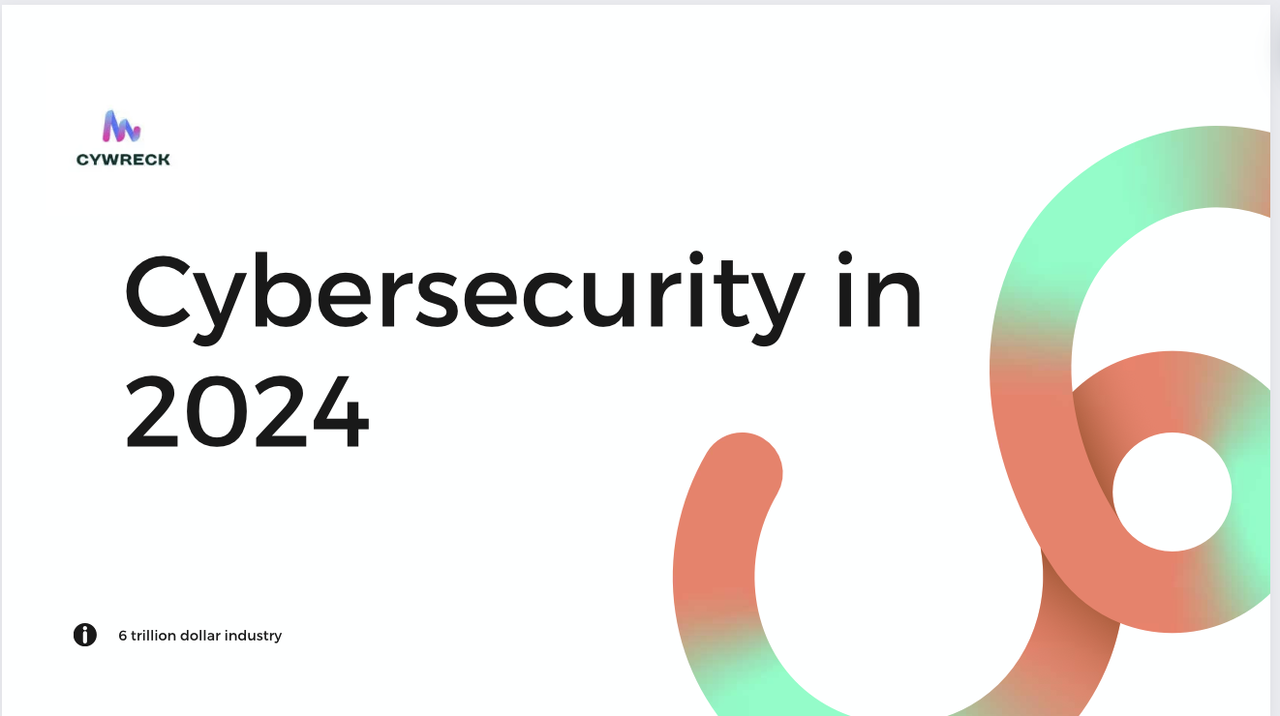
Cyberattacks are constantly evolving, and 2024 is no exception. While the dust hasn’t settled yet, here’s a glimpse into some key trends and concerning incidents:
Rise of Ransomware-as-a-Service (RaaS) RaaS makes launching sophisticated attacks easier and cheaper for less-skilled criminals. The ease of access has contributed to a significant increase in ransomware attacks, with some reports suggesting a 50% year-on-year jump in the first half of 2023 [Source: World Economic Forum].
Focus on Data Exfiltration Modern ransomware attacks often involve stealing sensitive data before encryption. This “double extortion” tactic puts even more pressure on victims, raising the financial and reputational stakes.
Supply Chain Attacks Hackers are increasingly targeting vulnerabilities in the interconnected web of suppliers and vendors. A successful attack on one company can then provide access to a network of others.
The “MOAB” Breach The so-called “Mother of All Breaches” in early 2024 exposed a staggering amount of data, affecting billions of individuals. While details are still emerging, it highlights the potential impact of large-scale breaches [Source: IT Governance UK Blog].
Real-World Examples
Indiabulls Email Leak: In a stark reminder of the human cost of cyberattacks, Indiabulls, a leading Indian financial institution, recently lost over 130,000 emails due to a cyberattack. This incident highlights the importance of securing sensitive data and communication channels.
Colonial Pipeline Ransomware Attack: Closer to home, last year’s ransomware attack on the Colonial Pipeline, a major fuel artery in the United States, crippled operations and caused widespread disruptions. This incident underscored the potential impact of cyberattacks on critical infrastructure.
Pointers to Stay Ahead of the Curve
- Prioritize Employee Training: Empower your team to identify phishing attempts and understand best practices for cybersecurity. Regular training and awareness campaigns are crucial.
- Patch Early, Patch Often: Software vulnerabilities are a common entry point for attackers. Ensure timely patching and updates of all systems and applications.
- Implement Multi-Factor Authentication: This adds an extra layer of security beyond just passwords.
- Embrace a Security-Conscious Culture: Promote a culture where security is valued at all levels of your organization.
- Invest in Threat Detection & Response: Having tools and processes in place to identify and respond to potential threats before they escalate is critical.
By staying informed and implementing these measures, you can significantly improve your organization’s cybersecurity posture. Let’s continue the conversation in the comments below! Share your thoughts on the evolving threat landscape and your best practices for staying cyber-resilient.